Dogs might not speak our language, but their actions say it all. From tail wags to those soulful stares, your pup’s daily habits are little love notes in motion. When they lean against you, follow you room to room, or bring you their favorite toy, they’re showing affection, trust, and loyalty. Even subtle behaviors like sighing, yawning near you, or pawing at your arm carry emotional weight. These gestures reveal when they’re happy, anxious, or just need some extra love. Understanding these signs helps deepen your bond. After all, your dog’s feelings are written all over their furry face—you just have to know how to read them.
Tail Wagging: Not Just a Sign of Happiness
Most people assume a wagging tail always means a happy dog, but it’s a bit more complicated than that. The speed, direction, and height of the wag all matter. A broad, sweeping wag at mid-height usually does mean joy, especially if the hips get in on the action too. But if the tail is stiff and wagging slowly, that could signal uncertainty or even mild irritation. A tail tucked between the legs, even if it’s moving a little, usually means fear or submission. Sometimes, dogs wag their tails when they’re nervous, as if they’re unsure how to feel. Watch your dog’s whole body, not just the tail, to get the full picture of their emotions.
Licking: More Than Just Affection
When your dog licks your face—or your hands, or even your shoes—it’s not always just a sign of affection. Sure, licking can mean “I love you” in dog language, but it can also signal stress, submission, or a desire to ease tension. Puppies lick their mothers’ faces to ask for food, and adult dogs sometimes lick to show they’re not a threat. If your dog is licking excessively, especially in unfamiliar situations, they might be feeling anxious or trying to comfort themselves. Of course, sometimes a lick is just a sticky, slobbery kiss—one of the best kinds, if you ask me.
Leaning or Sitting on You: Seeking Comfort and Closeness
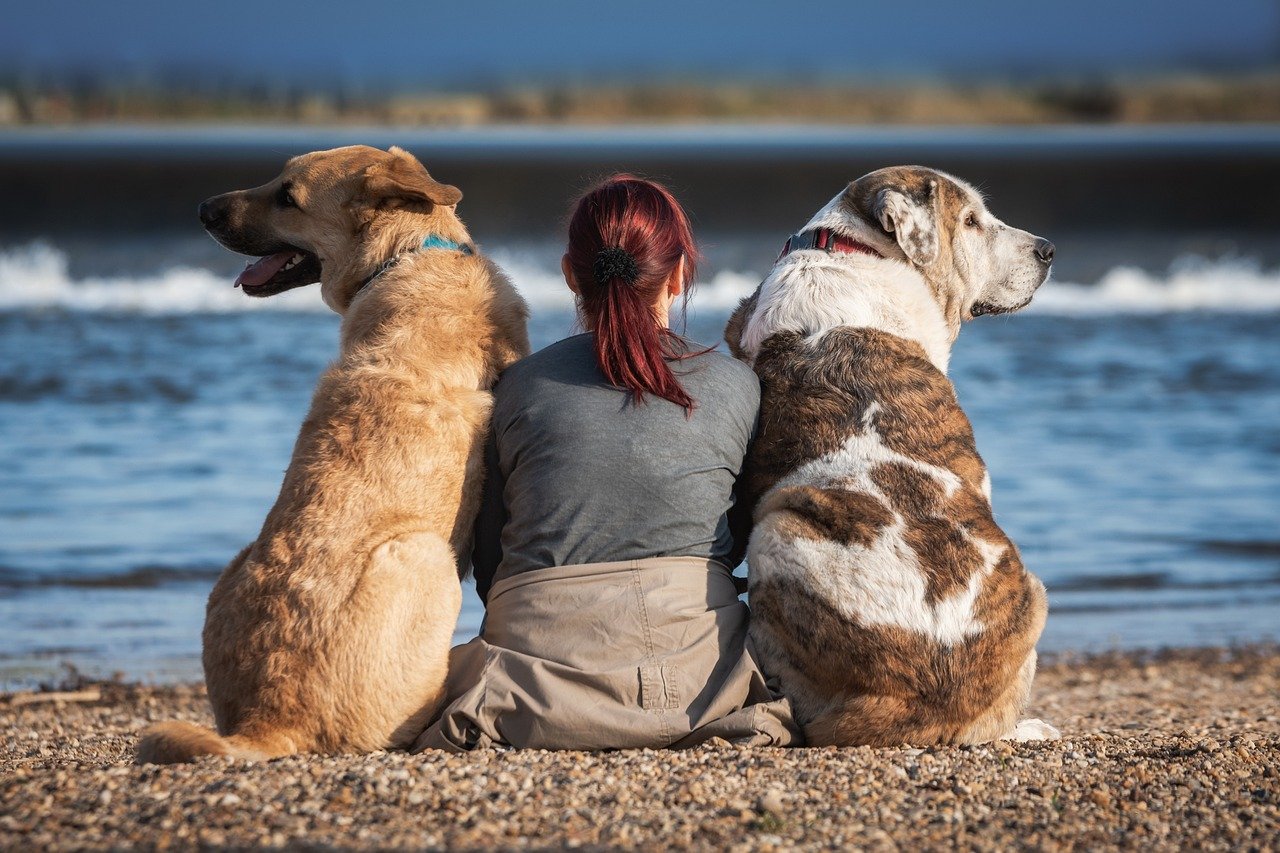
If your dog leans against you or plops their body right on your feet, it’s not just about physical closeness—it’s emotional, too. Dogs lean on their favorite people when they want reassurance or comfort, especially in unfamiliar situations or when they’re feeling a bit insecure. It’s their way of saying, “I trust you, and you make me feel safe.” Sometimes, a dog will sit on your lap (even if they’re the size of a small horse) just because they want to be as close as possible. If you’ve ever felt a warm, furry weight against your leg on a tough day, you know this is one of the purest forms of dog love.
Play Bows: Invitations to Joy
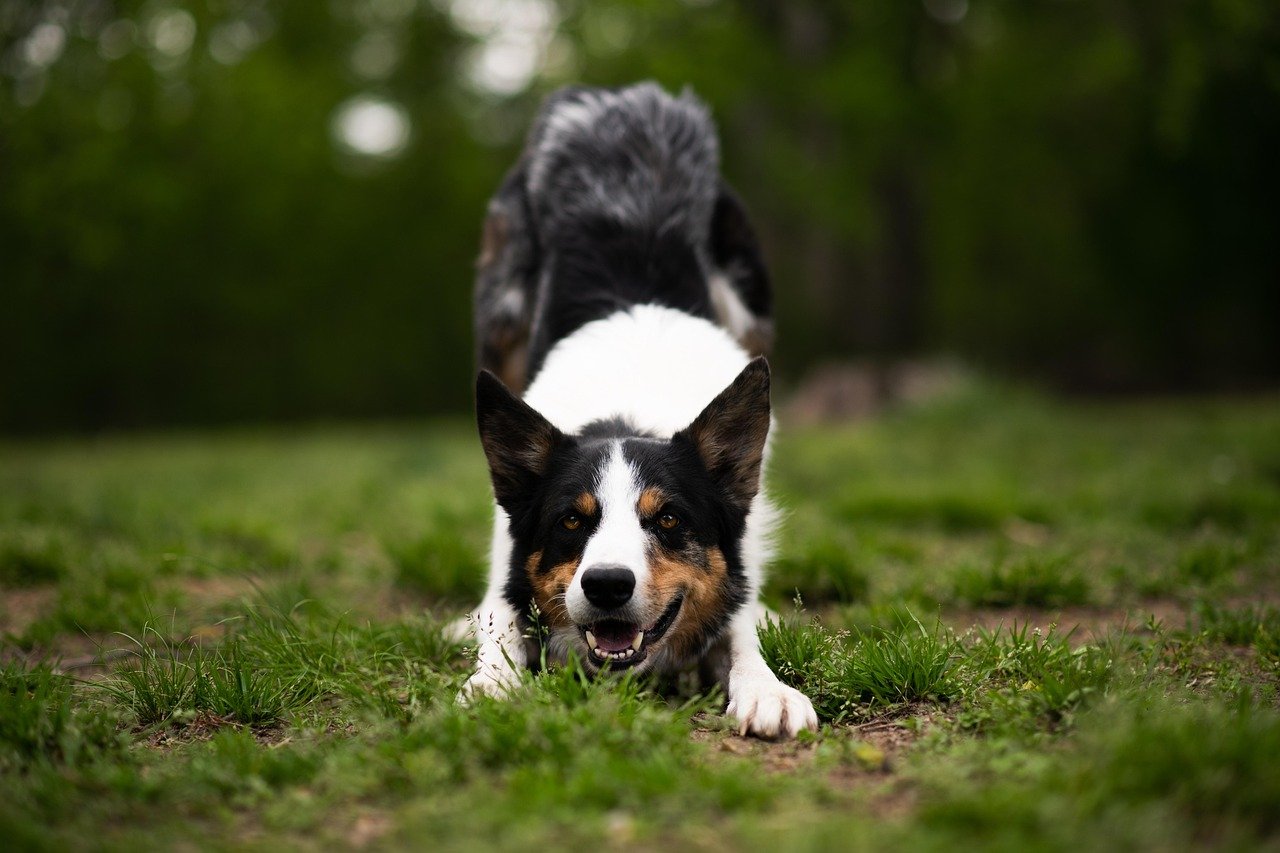
Few things are as heartwarming as a dog dropping into a play bow—front legs stretched out, rear end up, tail wagging madly. This posture is the universal canine invitation to play, signaling excitement, happiness, and friendliness. It’s how dogs tell each other, “Let’s have some fun!” If your dog bows to you, it’s a sign they trust you and are in a joyful mood. Sometimes, play bows come with bouncy hops or silly faces, just to amp up the excitement. It’s almost impossible not to smile when you see it.
Yawning: Stress or Sympathy?
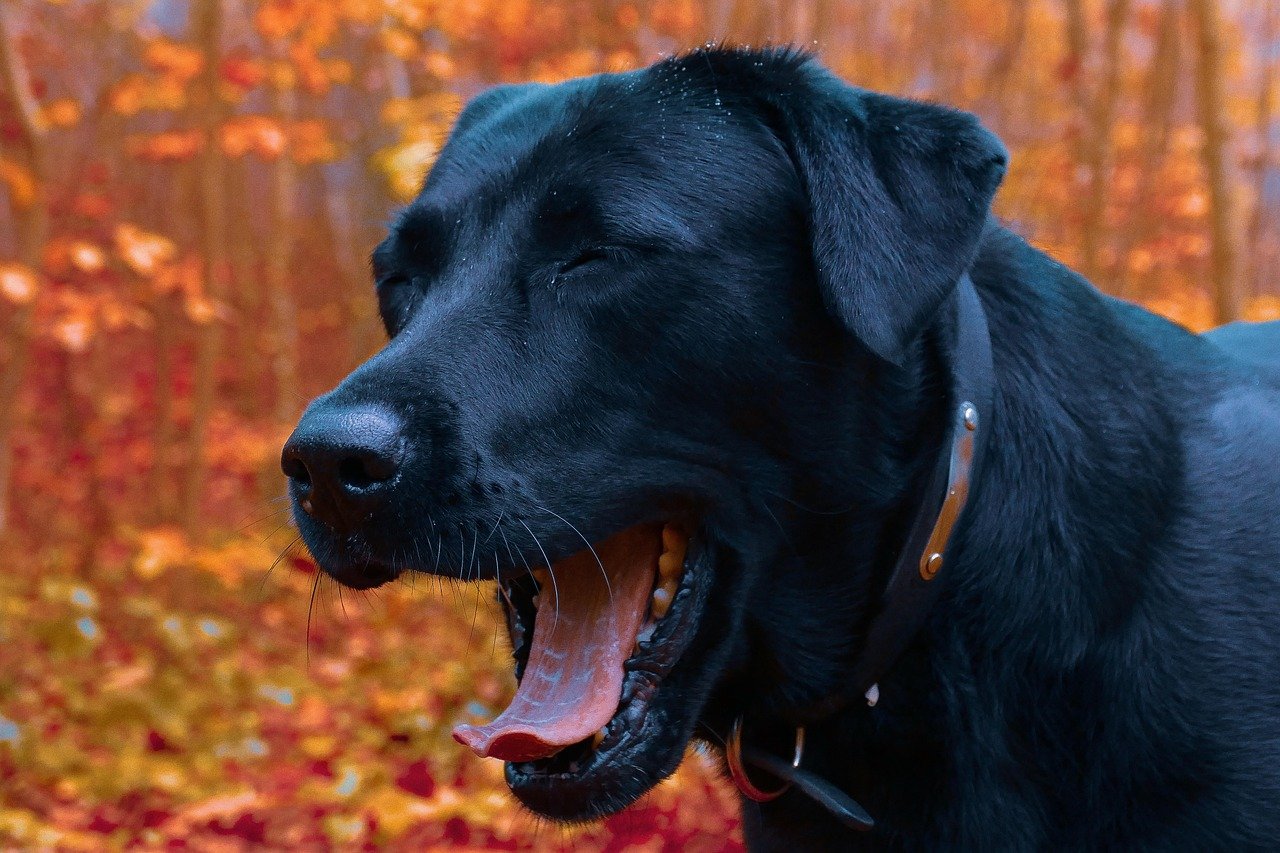
You might think your dog yawns just when they’re sleepy, but yawning can reveal a lot more. Dogs often yawn when they’re feeling anxious, uncertain, or trying to calm themselves down. For example, if you’re at the vet’s office and your dog starts yawning repeatedly, chances are, they’re not just tired—they’re stressed. Interestingly, dogs also yawn when their humans do, suggesting a deep emotional connection and empathy. So next time your dog yawns, pay attention to the situation—it might be their way of telling you they need a little comfort.
Barking: The Many Voices of Emotion
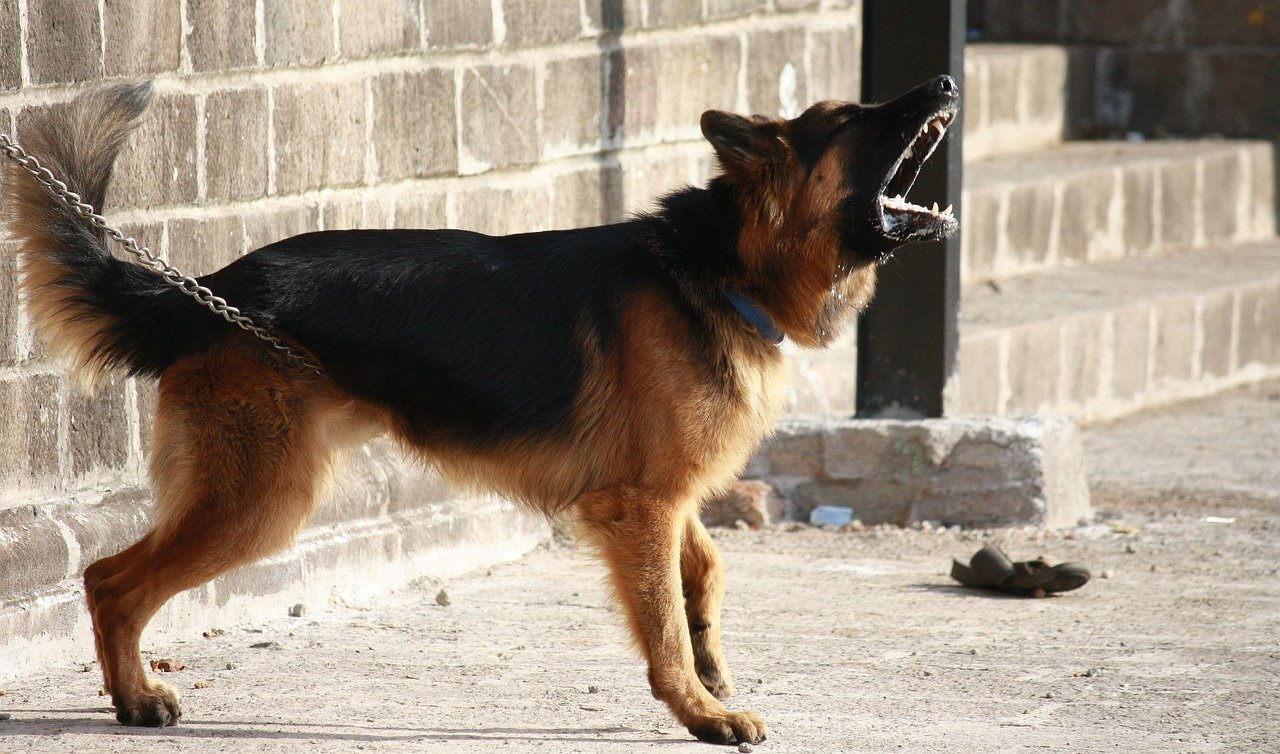
Not all barks are created equal. Some are high-pitched and frantic, signaling excitement or a call for attention. Others are deep and sharp, which can mean your dog is feeling protective or wary. Then there’s the rapid-fire bark, often heard when someone’s at the door—your dog’s way of saying “Alert!” or “Something’s up!” Dogs also bark when they’re bored, lonely, or just want to join in the neighborhood chorus. Learning your dog’s unique bark styles can help you spot when they’re happy, anxious, or just plain talkative.
Exposing the Belly: Trust and Vulnerability
When a dog rolls onto their back and shows you their belly, it’s a big deal. This is one of the most vulnerable positions a dog can take, and it usually means they trust you completely. Sometimes, a belly-up pose is an invitation for a good scratch—a sign of pure contentment. Other times, especially if the dog seems stiff or avoids eye contact, it could be a submissive gesture, signaling that they’re feeling a bit unsure or want to avoid conflict. Reading the context and your dog’s overall body language will help you understand what they’re really feeling.
Following You Everywhere: Attachment and Loyalty
If your dog is your constant shadow, trailing you from room to room, it’s a classic sign of deep attachment. Dogs are social animals, and they often stick close to the people they love most. This habit can mean your dog feels safe and happy with you—or it might indicate separation anxiety if they get distressed when you leave. Some dogs just want to be involved in everything you do, from bathroom breaks to late-night snacks. While it can be a little overwhelming, it’s also a testament to the bond you share.
Destructive Chewing: Signs of Stress or Boredom
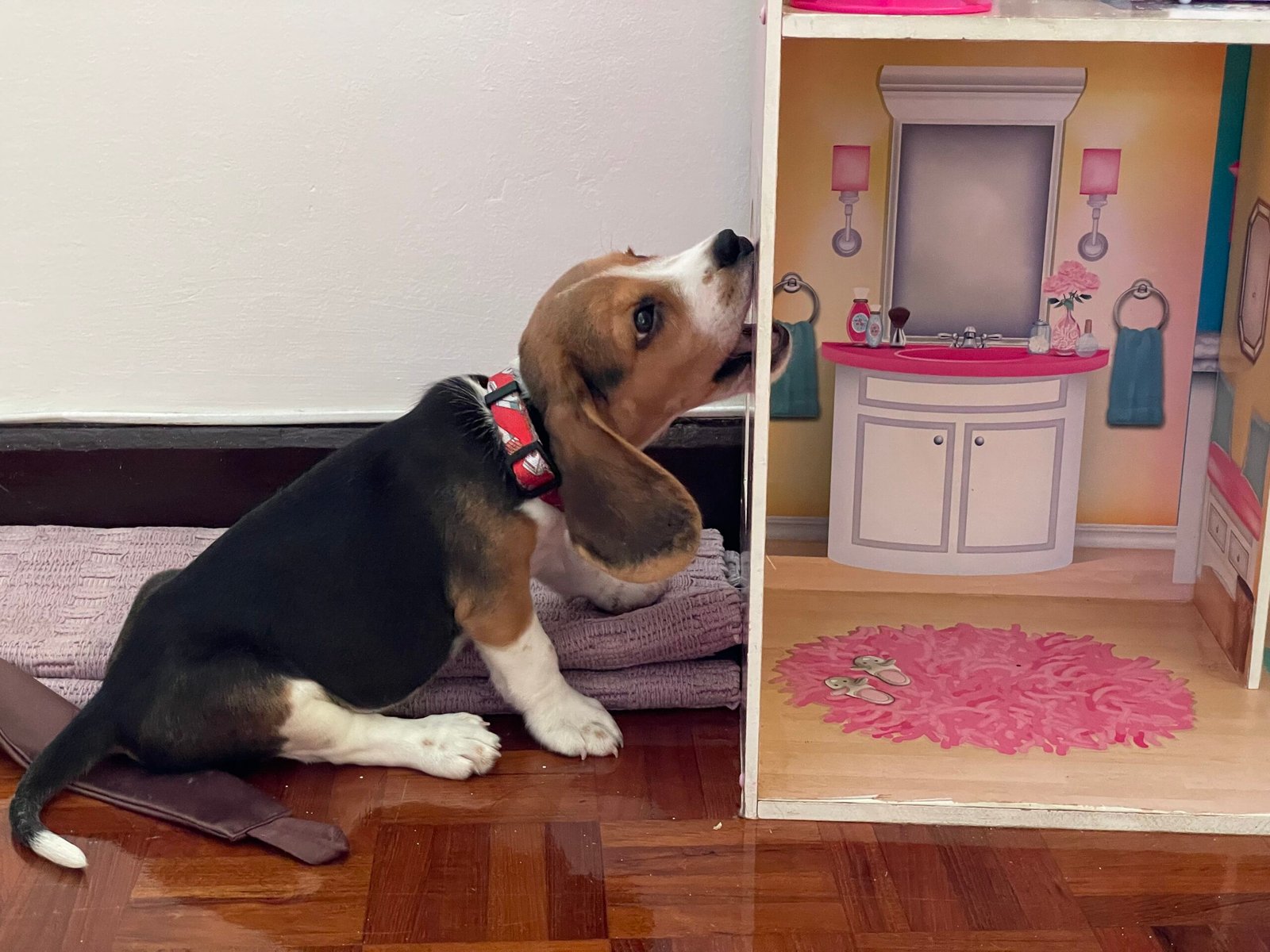
Chewed-up shoes, shredded pillows, and gnawed furniture are more than just annoying—they’re clues to your dog’s emotional state. Dogs often chew things when they’re bored, anxious, or lacking enough exercise. For puppies, it’s a way to soothe teething pains, but for adult dogs, it can be a cry for help or attention. If your normally well-behaved dog suddenly starts destroying things, they might be feeling stressed, lonely, or just understimulated. Understanding the reason behind the chewing can help you address their emotional needs.
Whining: Communicating Needs and Feelings
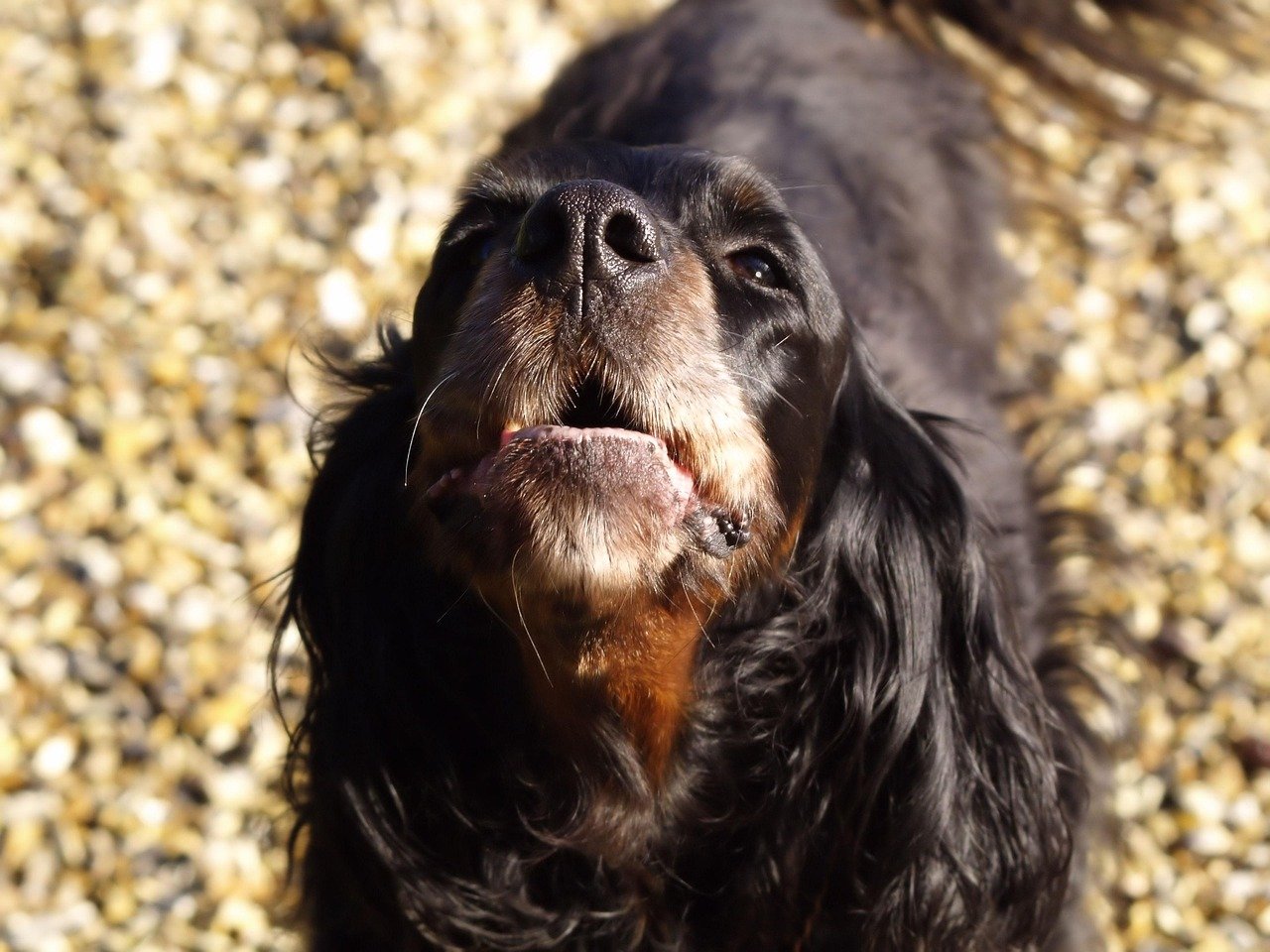
Whining is your dog’s way of asking for something or expressing discomfort. Sometimes, it’s a request for attention, food, or a trip outside. Other times, it can signal anxiety, pain, or confusion—especially in new or stressful situations. Some dogs whine when they’re excited to see you, while others do it when they’re worried or scared. Paying attention to the context and your dog’s body language can help you figure out what they’re trying to tell you. Over time, you’ll learn to recognize the subtle differences between a “please play with me” whine and an “I’m not feeling well” whine.
Your dog might not speak, but their habits speak volumes. From snuggling close when you’re sad to wagging like crazy when you walk through the door, every action is a little emotional message. By tuning into these subtle (and not-so-subtle) behaviors, you’ll understand your pup on a deeper level. And honestly, there’s no better feeling than knowing your dog truly feels for you.





